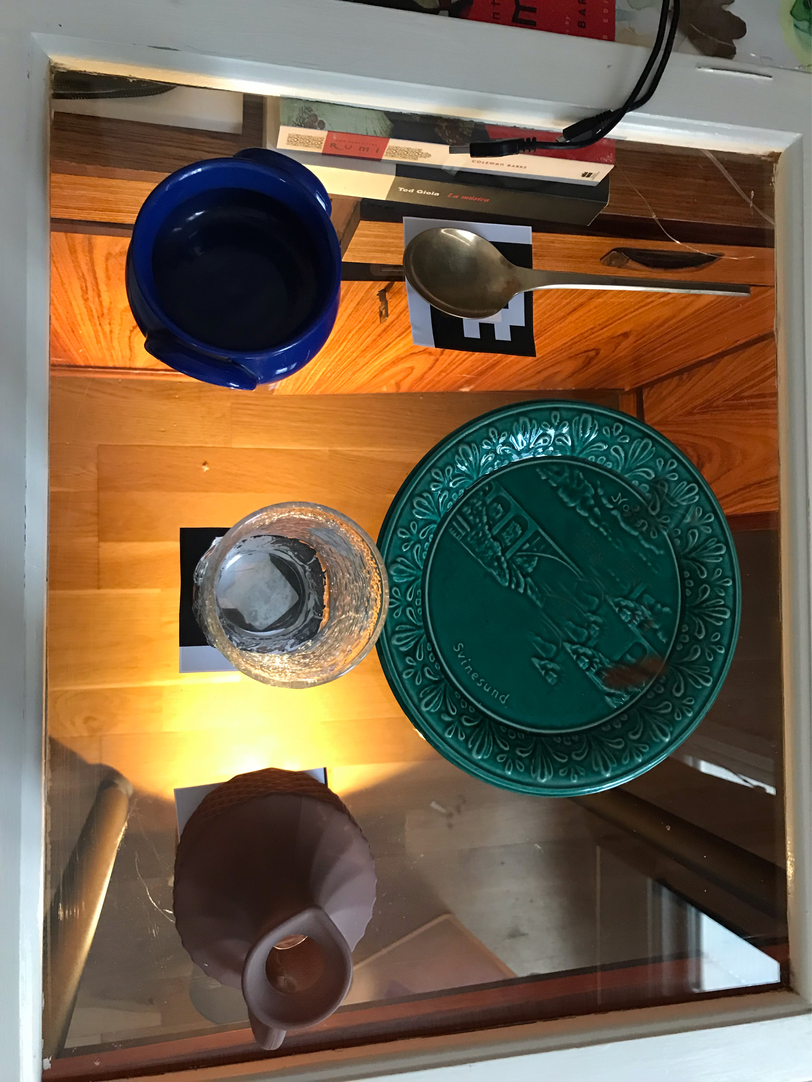DE LOS CUATRO MULEROS
De los cuatro muleros is not a story, but a traditional Spanish song. I decided to include it in this exposition because even if it doesn’t belong to the fairy tale category, the composition is built purely on storytelling. It aims to bring the dramaturgy into the song, the story behind the music.
When creating it, I had in mind that it is a traditional melody, woven into life itself, not designed for a stage or a concert hall. Traditional songs and melodies are a part of day-to-day happenings, inseparable from them. Some songs are not targeted at anybody but simply exist there to accompany the daily actions, to mark the passage of time, as a background.
I wanted the song to be like opening a window to a daily life scene that has been repeated from the beginning of time and will be repeated until the end of time. The window opens and closes, but the song is always behind it, eternally taking place. The focus is on the scene itself, the vulnerability is on the voice as a complementary element.
The ritual that accompanies it is the simple act of cleaning the crockery. A table, glasses, a plate, unimportant things that we don’t notice anymore. The actions repeat over and over, the cloth, the cleaning, then placing it on the table.
The music is built around these movements. The voice sings the melody without any amplification, humming, sung only as an accompaniment to the action. Around it there are several layers of sounds, all belonging to what could be a house daily scene: paper, steps on a wooden floor, clicking noises, a radiator, more voices. All of them are recorded and then processed with Ableton.
These layers are controlled by the objects that I’m using with a system of QR codes that are stuck to the base of each one of them, allowing the camera underneath to track them. The QR codes work as a Midi controller mapped to Ableton Live, so I can choose when and how the next layer enters the song.
This way of controlling the electronics allows me to have freedom within the pace of the song, and to interact differently with the electronics each time that I perform the song. It brings the possibility of breathing into the music. It also lets me control the balance between the layers.
In this case, there was a process of thinking first about which objects would fit the idea of daily repeated action. Then choosing the actual objects, so there would be a natural harmony in them, also in relation to the sounds on the electronics. I wanted them to look as if they could produce the sounds that they provoke, I wanted to have a connection between texture and colors both in a visual and sounding way. And finally, there was rehearsing the movements, and trying to make them natural.

